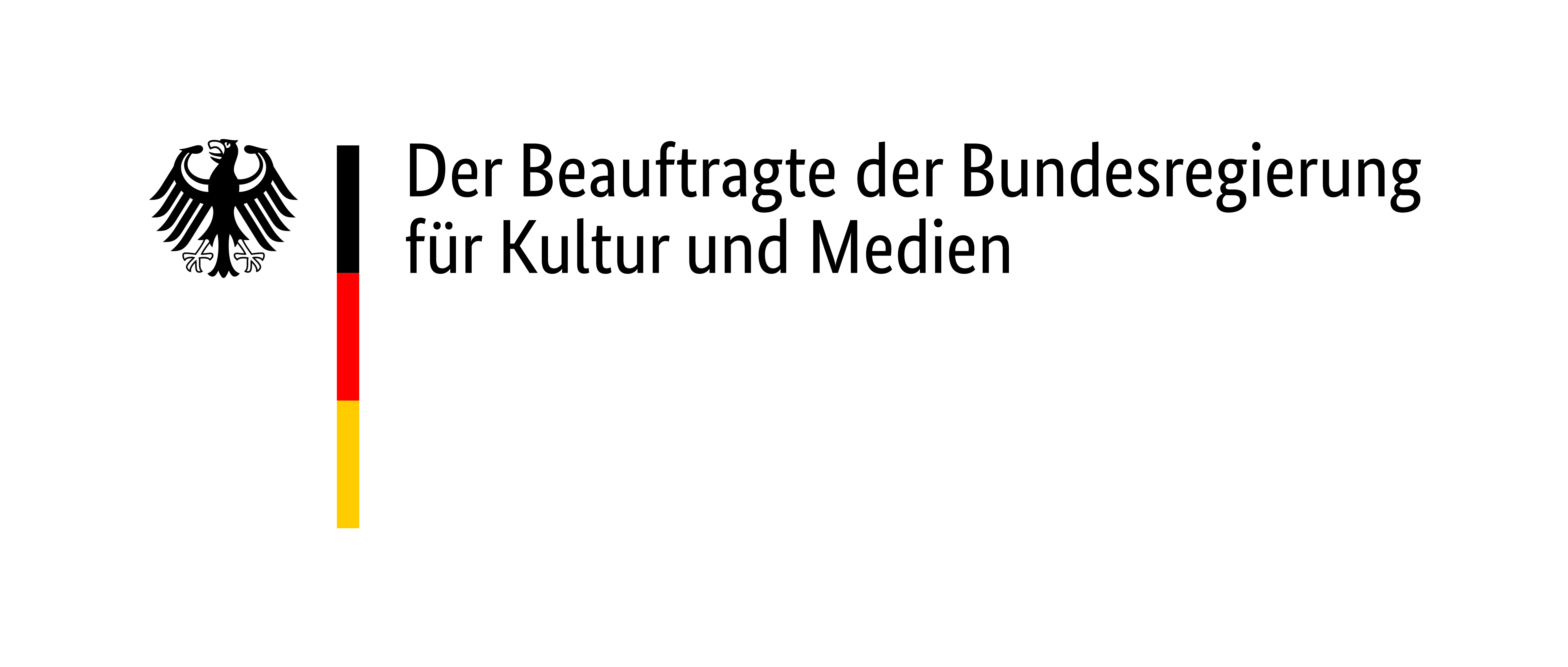
Like many concentration camp survivors, Paul Goyard (1886–1980) wanted to report about his first-hand experiences. To that end, he chose the artistic-educational form of the museological diorama, which was virtually tailor-made for his purposes. He based his drawn design primarily on five detail studies from the stock of drawings he had made in the camp.
Protected by his assignment to certain labour detachments, Paul Goyard was able to sketch his impressions of everyday life in the camp on wastepaper. These drawings can be regarded as memory aids for a diorama he created with the help of a friend and former fellow Buchenwald inmate, José Fosty, after his liberation and his return to Paris. The sketches made in the camp served him as the basis for the panorama-style drawings that represented the final preliminary stage of the model.
Goyard’s diorama differs from other well-known camp models by virtue of its concept and professional execution: it depicts the camp from the slope at the edge of the Little Camp (Petit camp) to the inmate lodgings in the section of the camp situated at the top of the slope, referred to by the inmates as the “Big Camp” (Grand camp). Only the preliminary drawings survived, but not the diorama itself.
Biography
Paul Goyard was born to a family of shoemakers in Digoin, Burgundy on 28 December 1886 and grew up in modest circumstances. He served at the front in World War I and returned home with a knee injury. Early drawings have come down to us from the trenches and the military hospital. In 1919 he worked for a studio in Brussels that produced theatre sceneries, then returned to Paris and set up his own workshop for theatre décor. He also painted posters and banners for Communist party rallies. In that context he made the acquaintance of fellow artists such as Fernand Léger and Boris Taslitzky.
During the German occupation, Paul Goyard supported the Résistance. He was arrested in 1942 and committed to the Buchenwald concentration camp by way of Compiègne on 14 May 1944. Under the protection of the camp resistance, he was able to move from his tent lodgings in Block 57 of the Little Camp to Block 40 in the Big Camp. He managed to survive in a group of French and Belgian artists and intellectuals who gathered every Sunday in Block 34—among them Julien Cain, Christian Pineau, Boris Taslitzky, José Fosty, and René Salme.
After his liberation, Paul Goyard returned to Paris to find his studio destroyed. He rented a small studio and carried out his Buchenwald diorama project with Fosty’s assistance. He never returned to the theatre world. Paul Goyard died in Paris on 1 March 1980.
Before his death, Goyard bequeathed the drawings he had made in the Buchenwald concentration camp to José Fosty. In 1998, Fosty donated 250 drawings by Goyard to the Buchenwald Memorial. In 2002, the Buchenwald and Mittelbau-Dora Memorials Foundation published a selection of 100 of those drawings.

